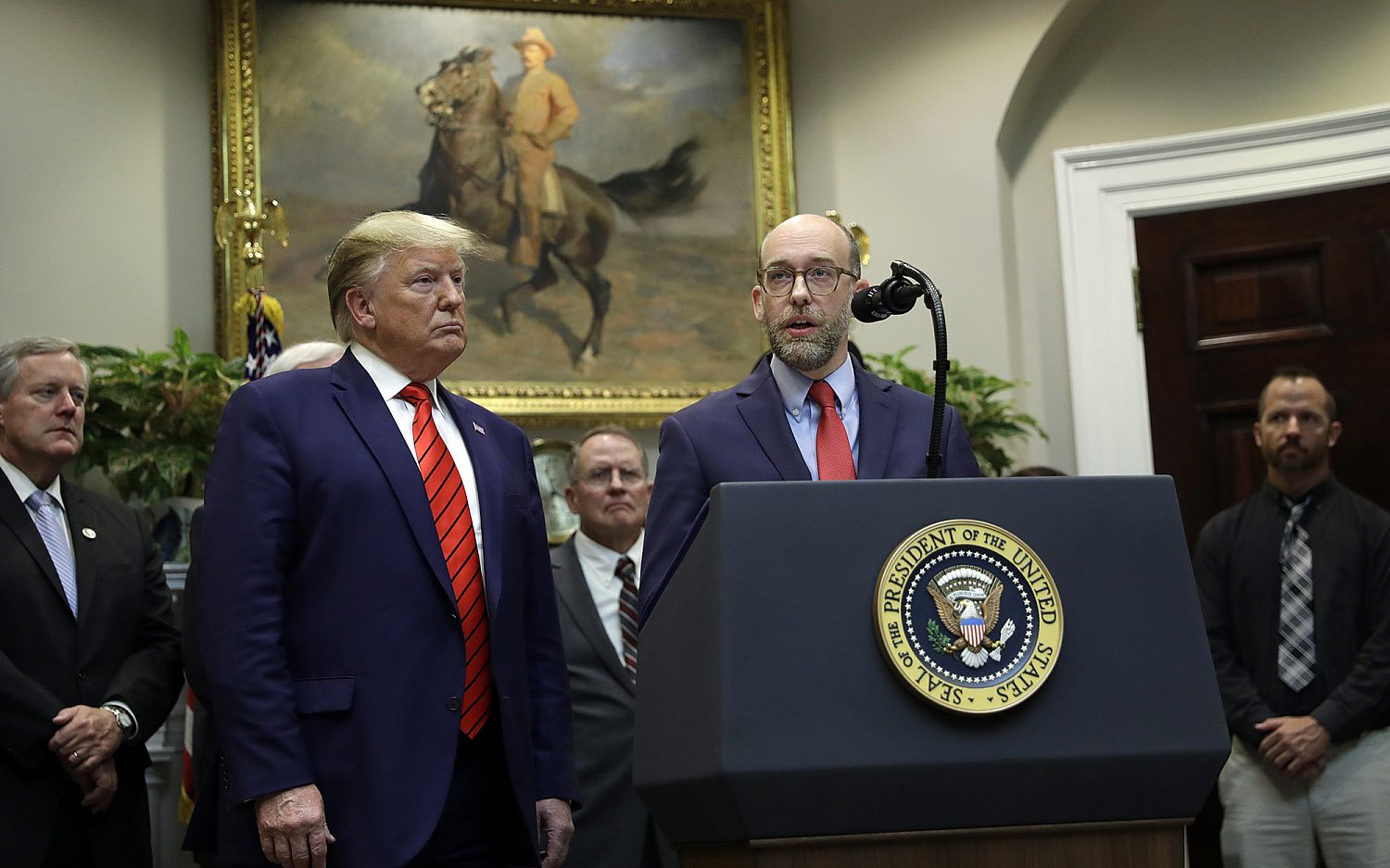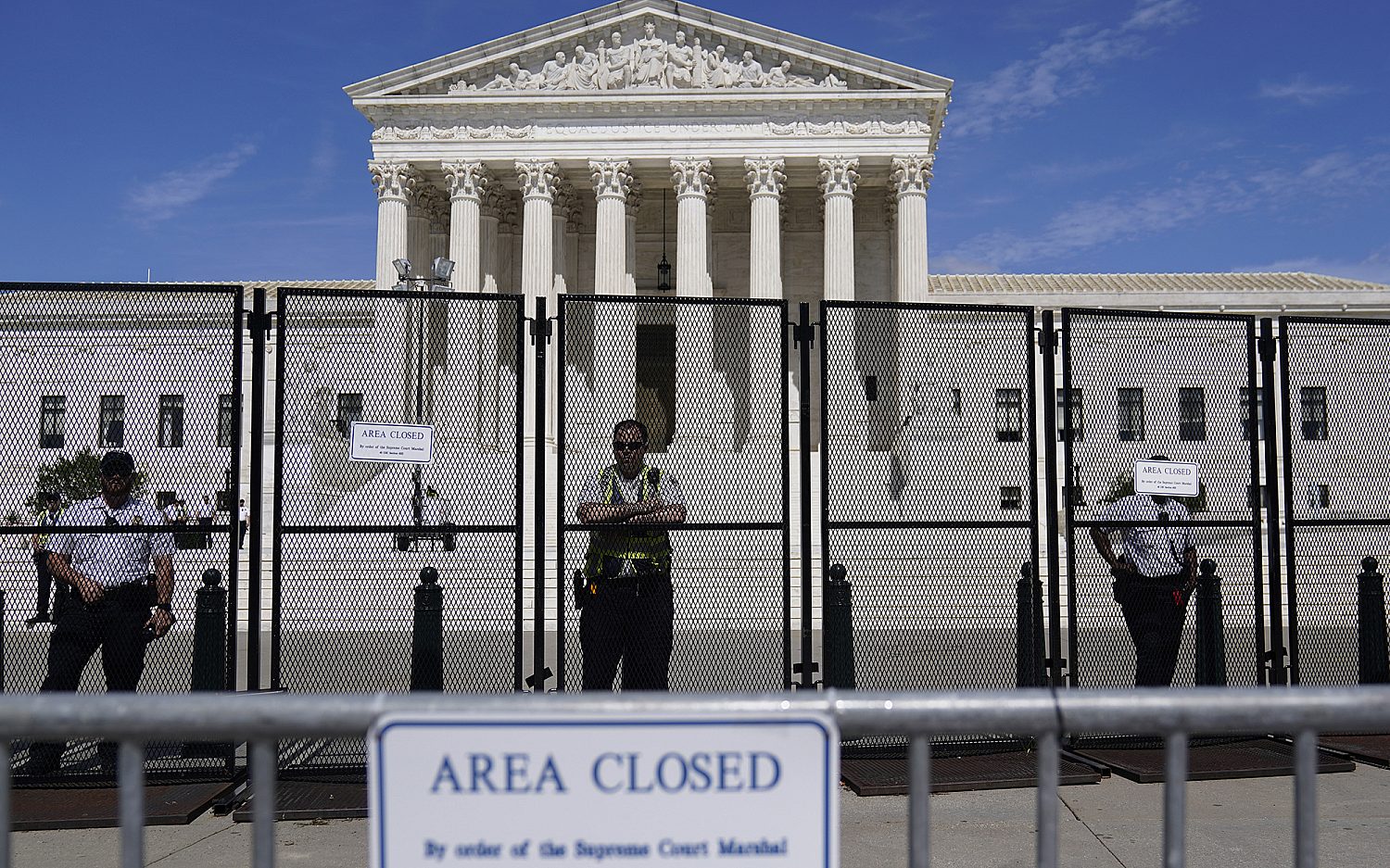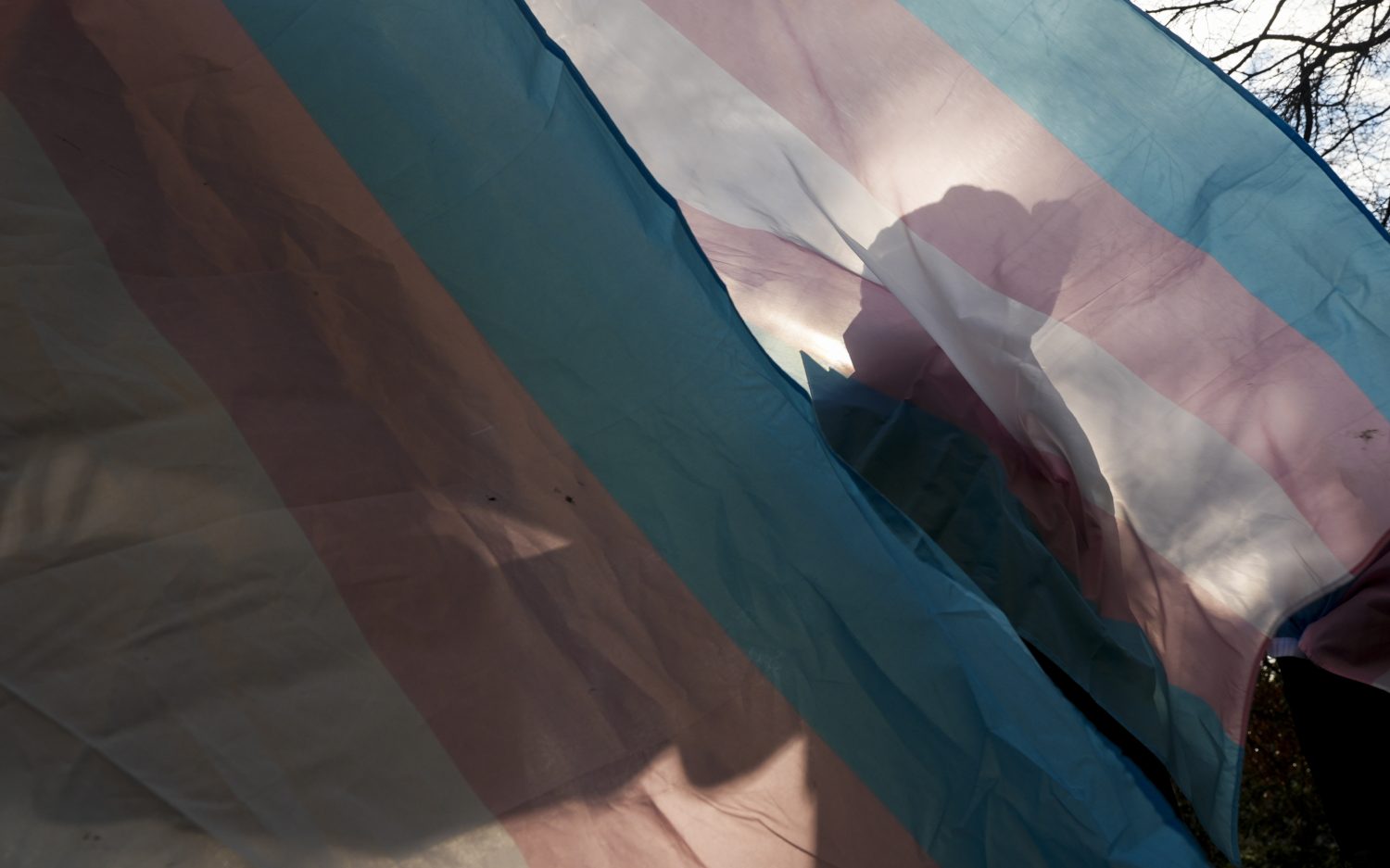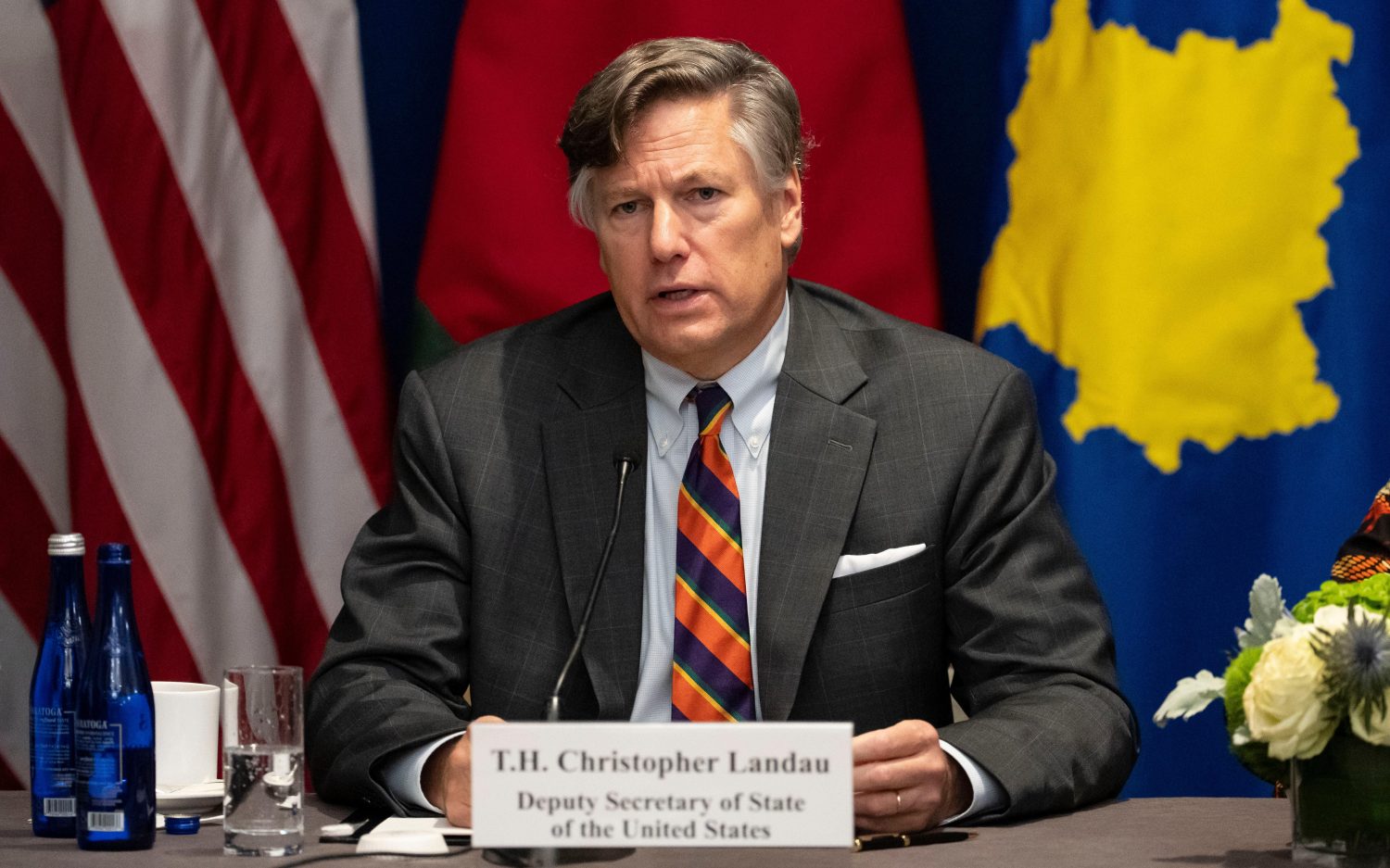Church away from home
Northern Virginia's Asian population is exploding-how are Asian congregations coping?
In a small room with sky-blue cinder block walls on a recent Sunday, a three-person worship team played a modern chorus as a congregation of 25-50 sang quietly along with them. On the other side of the wall came the faint singing of another congregation.
For the Chinese Christian Church of Virginia, located in Falls Church, this is a regular Sunday morning. After its 9 a.m. Cantonese service, they have two 11 a.m. services―one in English, one in Mandarin.
This is one of the ways Asian churches in Northern Virginia are learning how to reach out to a diverse and multi-lingual immigrant population―one that's exploded in the last decade. Recently released Census data show that in the D.C. region the Asian population has grown 68 percent in the last 10 years, much of that through immigration. As of April 1, 2010, there were over 400,000 Asians living in Virginia, representing 5.5 percent of the population. Seventy-one percent live in Northern Virginia.
The Chinese Christian Church of Virginia started in the 1980s, and is part of the Presbyterian Churches of America. According to English-speaking pastor Ray Seto, the congregation has not grown significantly over the past four years. However, its turnover rate demonstrates a steady flow of newcomers: as younger congregants leave for college, they are quickly replaced. "Our largest congregation is the Mandarin-speaking," he said. "The English-speaking is on the young side... about 80 percent would be youth."
The Asian population in Virginia is younger than in the larger United States. The top age range here is 18-44, whereas the greatest median age in the Asian population in the whole US is 35-64. Only 28 percent of the Asian population in Virginia is native-born; 40 percent are naturalized citizens.
M.J. Kim, retired pastor and current volunteer director of the Asian-American ministry for the Methodist Church Virginia conference, has seen the Asian community in Virginia grow as immigrants' children become adults. Many in this second generation are fluent in English, and may not even speak their parents' native language.
"Any immigrant church whose people come from a non-English-speaking background, as their children start speaking English in school, needs to develop an English-speaking ministry," said Dr. Kenneth Carlson, former English pastor at Chinese for Christ in Berkeley, Calif. "Otherwise, you have youth sitting in a Mandarin service, or a translator translating the service as it goes along... they're all a bit cumbersome."
However, there are drawbacks to a separate English service, Seto added. Many of the youth in his English-speaking service have parents in the Mandarin or Cantonese service, which makes it difficult to communicate what the youth are learning or going through on the English side. In addition, the youthful congregation can be a deterrent to older English-speaking visitors.
"A lot of times, when we have second-generation Chinese adults come into the worship service, they think they've walked into the youth service," Seto said. "But we're there for everybody."
Cultural outreach
Seto is a second-generation Chinese immigrant who grew up outside the church. When his parents came to America, the church did not reach out to his parents or other Chinese adults in the community. "Many of us are growing up outside the church, never finding a way into the church," he said."A lot of second-generation Asians, especially Chinese, are 'unchurched.' They're not being reached effectively."
Carlson believes that community is key to building a witness to both first and second-generation immigrants. "Evangelism is always relational. You don't stand far away and shout at someone." Through helping transition to life in a new country, ethnic churches can reach out with the gospel. They give immigrants an opportunity to make the cautious shift from one culture to another.
Indeed, many come to church for cultural reasons. "They feel like it's where the nice Chinese people are at," Seto said. Of the immigrants currently attending CCCV, Seto does not know of any who attended a church in China. "[Most] want their children to be taught some type of morality, so they bring their kids and then decide to stay on the Chinese-speaking side," he said. "There's not too much influence from back home in China. It's almost like, at least from my observations, it's another world."
Kim sees a similar tendency in Korean churches. Koreans who moved to America at a young age, as well as those born in America, still desire to maintain their roles in a Korean setting. "They maintain and appreciate own identity and culture," he said. "It's not just about speaking Korean; it is also about maintaining a connection with people of their own cultural identity."
The parents' example has an effect on the youth. "There's a heavy layer of apathy," Seto said. Although he credits part of that to the culture and a humanistic academia, he also sees children following the example of parents who are not truly walking with the Lord. "It's just church lingo."
These issues are not individual to a certain ethnic group in America. When Carlson talked to a friend ministering in a Hispanic church about English-language ministry issues, the friend said he was dealing with the same problems. "In the Chinese church, we have no idea what's happening in the Hispanic church," Carlson said. Part of his goal is to build up dialogue between the immigrant groups. He hopes to write a book on immigrant churches in America, specifically the Chinese church.
He believes that immigrants can offer a unique perspective on community-- a perspective that Americans have largely lost.
"In America we emphasize the individual almost to the point of being blind to what the Bible says," he said. Carlson has learned that Asian churches (and other immigrant churches) offer a unique and important perspective on community. "I think there are points in Chinese culture that should challenge us, and vice-versa," he said.
One cultural church practice in Korean churches, says Kim, actually originated in America. Regardless of denomination, most Korean churches have a sunrise service. It's a practice that American missionaries brought to Korea, and they've continued the tradition for about 120 years, according to Kim. Although the American church has slipped away from the use of sunrise services, Kim believes they could re-learn. "It's starting our day with God, and ending our day with God."
Share your thoughts and follow us on Twitter and Facebook today.
An actual newsletter worth subscribing to instead of just a collection of links. —Adam
Sign up to receive The Sift email newsletter each weekday morning for the latest headlines from WORLD’s breaking news team.




Please wait while we load the latest comments...
Comments
Please register, subscribe, or log in to comment on this article.